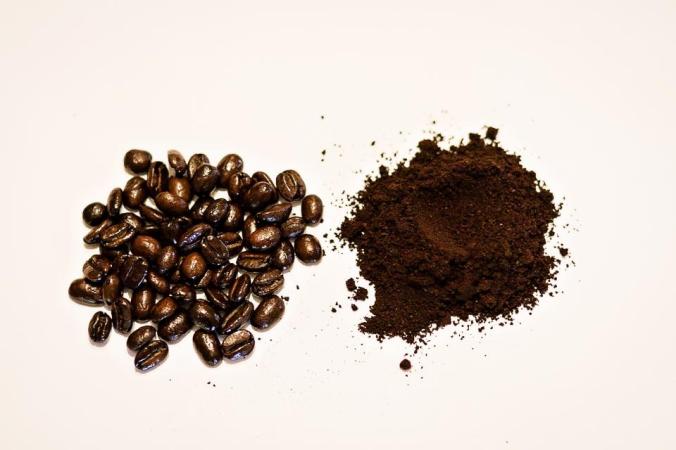New! NCA Workshop for Coffee Professionals:
The Business & Safety of Cold Brew | Nov. 6 | Sponsored by: Toddy, LLC
What is cold brew coffee?
“At its core, cold brew is a brewing method, not a serving method,” explains Mark Corey, Ph.D., NCA Director of Scientific & Government Affairs.
Dr. Corey led a team of specialized experts to develop the NCA Cold Brew Toolkit, now available to the entire coffee industry. (Read more background about the report and related food safety considerations.)
The Toolkit offers science-based technical guidance and recommended best practices – visit the NCA website for more details.
While working on the report, we received a lot of questions – from consumers and companies alike – about the beverage market’s hottest trend.
Here are some expert-approved answers to common questions about what “cold brew coffee” really means:



